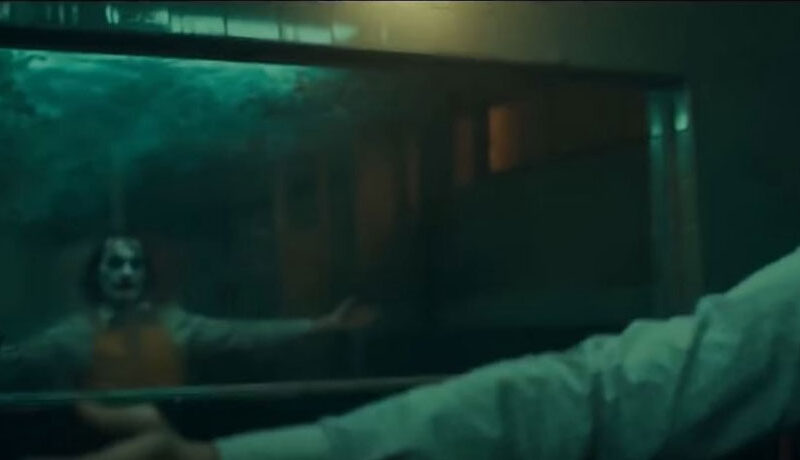What goes on in the brain during a 3D movie?
What goes on in the brain during a 3D movie? https://mediatrics.com/wp-content/themes/corpus/images/empty/thumbnail.jpg 150 150 Mediatrics Mediatrics https://mediatrics.com/wp-content/themes/corpus/images/empty/thumbnail.jpgQ: I took my sons to see Avatar over vacation, and while I sat there with giant 3D glasses on, I wondered if scientists know anything about whether 3D affects how children process the experience of a movie?
Thrilled by 3D in Wilmington, MA
A: Dear Thrilled by 3D,
This question gets at the heart of what’s interesting and exciting about three-dimensional (3D) movies. They absolutely affect your children’s experience of movie, much as they affect yours. Why? Because the more heavily the brain is involved with sensory motor processing, the less energy it has for other tasks.
To understand why that’s true, look at something a certain distance from yourself with just one eye, and then the other; it will appear to move. That’s because you are constantly synthesizing the two different two-dimensional (2D) images from your two eyes into a single 3D image. The way a 3D movie works is that two separate 2D images are projected onscreen at the same time. The glasses you wear block out one image or the other so that each eye sees only what was designed for it to see, which helps your brain combine them into one 3D image.
So what does your brain do when you’re sitting in a theatre, looking at a giant screen, wearing 3D glasses, swimming in surround sound, and processing the 24 images that flip by per second? Your brain dutifully processes those stimuli—and does little else. In fact, your pre-frontal cortex, which is involved in impulse control, future thinking, and moral choices, is basically inactivated in this process. That’s part of why you “get lost” in the movie.
These facts can make for an immersive movie experience, which can be quite enjoyable—and also quite overwhelming. For children, the extra processing that their brains have to do may make them more vulnerable to the content. In other words, if something in the movie would have scared them in 2D, it will likely be even scarier in 3D. But children’s fear is an issue to consider with any movie, so read up on the movie’s content before you go, whether it’s 2D or 3D.
Something else worth mentioning is that many people experience nausea during a 3D movie. That’s because the signals that your brain is receiving from your eyes say that you are moving in relation to your immediate surroundings, but your inner ear (in charge of balance) is saying that you’re not moving. If the nausea is not so bad that you’d avoid 3D movies all together, one way to reduce these feelings during a 3D movie is to close your eyes or look away from the screen. This will remove the competing stimuli and help reorient you in actual space.
Enjoy your media and use them wisely,
The Mediatrician®




